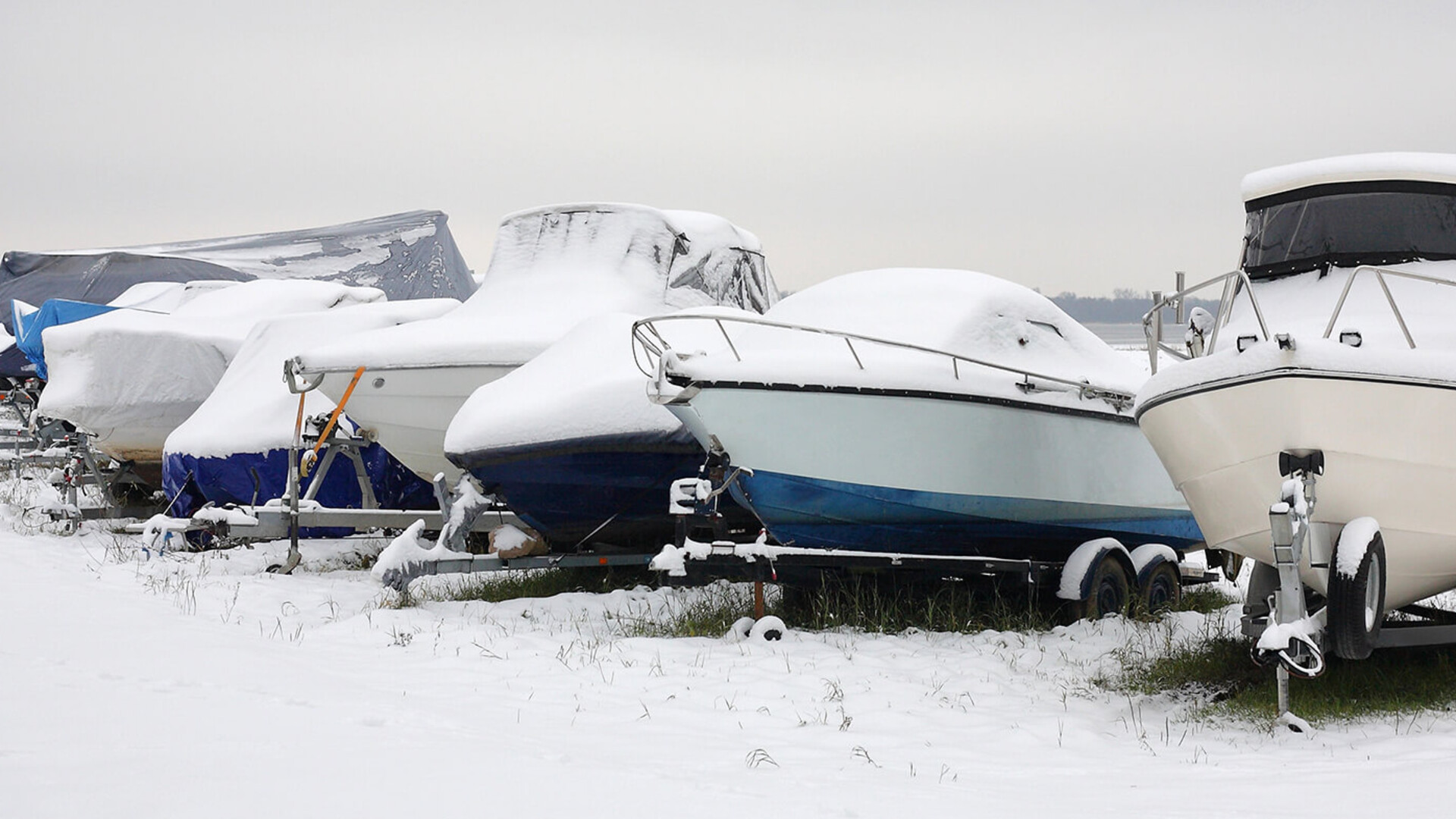Thorough preparation is essential for winterising a boat engine. The engine is the centrepiece of every boat and requires special attention, especially before it is stored for the winter. In this comprehensive guide, you will learn in detail how to prevent damage caused by frost, water or corrosion and how to winterise your boat and engine safely for the next season.
1. Preparation for Winterising
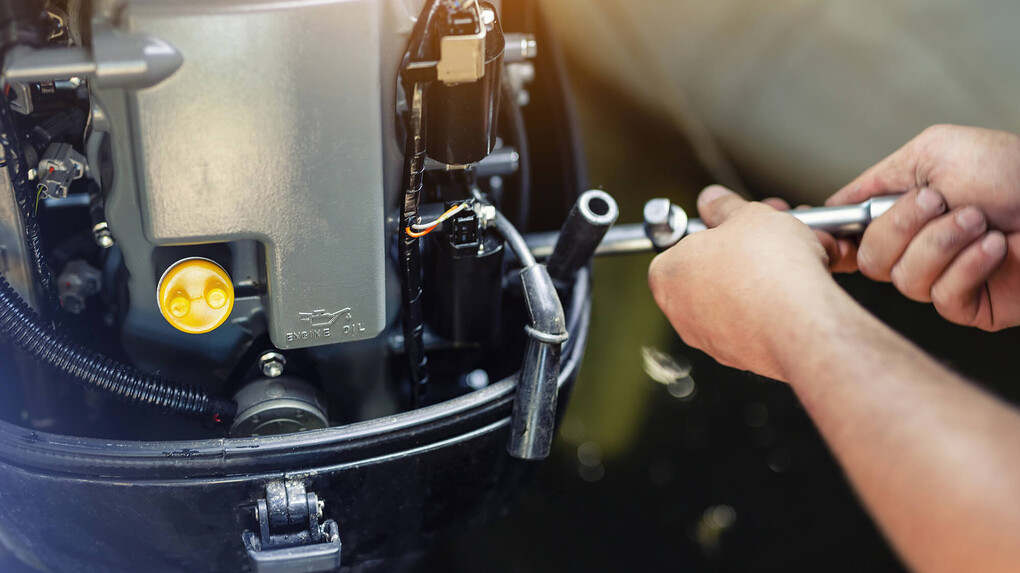
Preparation for winterising is of the utmost importance and involves several detailed steps to ensure that the engine and boat are optimally protected.
Thorough cleaning
Before winterising the engine, the entire boat and especially the engine should be thoroughly cleaned. Salt and dirt residues that have accumulated during the season can severely damage the engine if they remain in the system over the winter.
- Clean the motor with a suitable cleaner and fresh water to remove salt and dirt deposits.
- Then allow the motor to dry or dry it carefully with a clean cloth to prevent corrosion.
- Check all accessible areas, especially around the propeller, for stuck dirt or deposits and remove them.
Creation of a detailed comparison list
Create a comparison list to ensure that you select all the necessary resources and materials in the best possible way. This list should include the following components:
- Suitable engine oil, preferably from renowned manufacturers such as Liqui Moly Marine.
- Suitable antifreeze for the engine type.
- Special filters (oil, fuel and air filters).
- Marine grease and anti-corrosion agent.
A good comparison list will help you to choose the best possible product for optimum protection of your engine.
Engine and oil check
A thorough inspection of the engine before winter is essential:
- Check the engine for obvious damage or wear, especially on seals, hoses and belts.
- Run the engine for several minutes to burn out any deposits and dirt particles.
- Check the oil level and plan a complete oil change before the winter break, as old oil residues could have a negative impact on the service life of your engine.
Checking the mechanical parts
The following components must be carefully checked and replaced if necessary:
- Check the anodes and replace if necessary, as they are important to protect the engine from corrosion.
- Check the impeller and water pump for wear to ensure reliable water circulation.
- Check the condition of the gearbox and propeller, clean and lubricate the moving parts carefully.
Prepare antifreeze
To avoid frost damage to the engine, it is essential to drain the cooling circuit completely:
- Drain the coolant completely from the system and then fill with a suitable antifreeze.
- Use your comparison list to ensure that the antifreeze used is precisely matched to your engine.
- After filling, check all connections in the cooling system for leaks or porous areas.
Documentation and checklist
- Create a detailed checklist that includes all the steps involved in winterising the engine.
- Document each work step to make it easier to understand next spring which maintenance work has already been carried out.
- Make a note of any special features or defects that have been identified that may need to be rectified before the next season.
These comprehensive measures ensure that your boat engine is optimally prepared for the cold months and effectively prevent damage caused by frost, water and corrosion. Thorough preparation also guarantees that your engine is immediately ready for use again at the start of the new season.
2. Preparing the fuel system
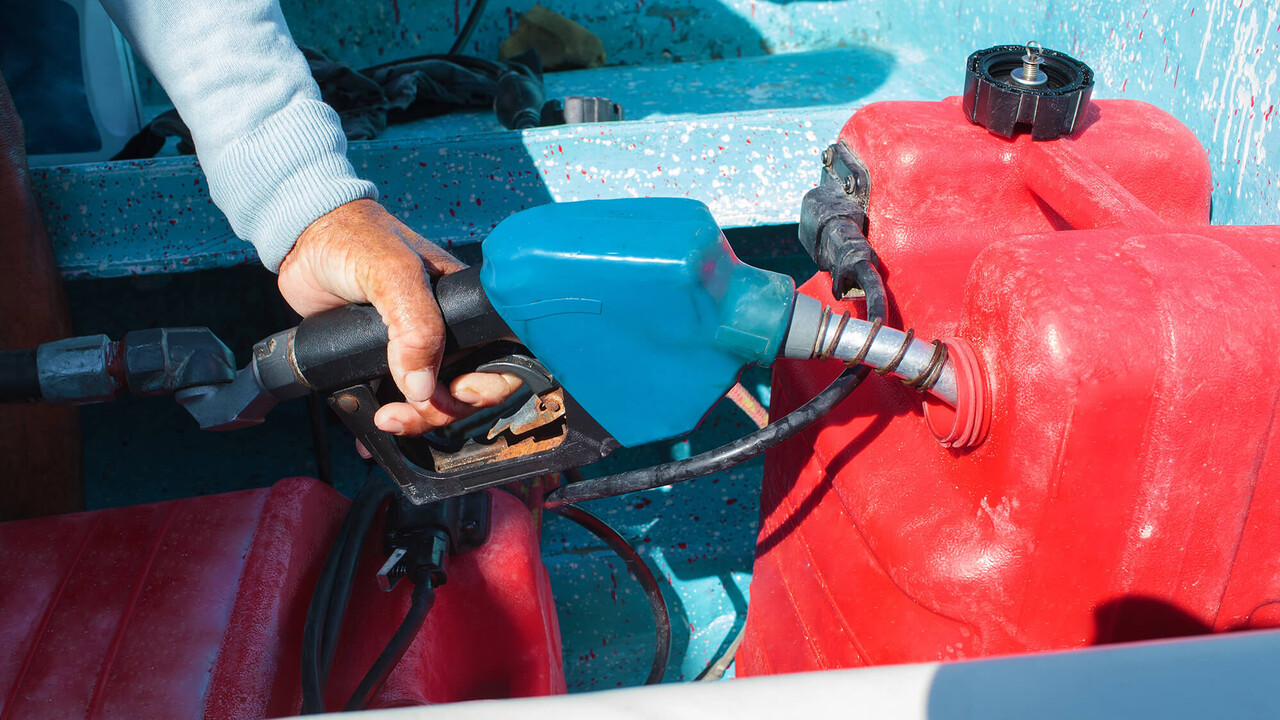
A well-prepared fuel system prevents damage caused by condensation, rust or deposits in winter. The following steps are important here:
Fill the tank completely
- Fill the tank of your boat engine to around 95 per cent. This reduces the formation of condensation, which could otherwise lead to rust in the tank.
Use of suitable additives
- It is important to use a fuel stabiliser for petrol engines. This prevents petrol from losing its quality over the winter and forming harmful deposits.
- For diesel engines, special diesel additives should be used to prevent the formation of microorganisms and dirt.
Check fuel lines
- Check all fuel lines thoroughly for wear, cracks or leaks.
- Replace damaged lines immediately to prevent leaks.
Checking and changing the fuel filter
- Check the fuel filter carefully. A dirty filter can cause starting problems in spring.
- Replace the filter according to the manufacturer's recommendations if it is dirty or has not been changed for a long time.
Test fuel pump and injection system
- Check the fuel pump for correct operating pressure and tightness.
- Check the injection system for blockages or deposits.
- Allow the fuel mixture to run for a few minutes so that the additives are optimally distributed throughout the entire fuel system.
Checking the entire fuel system
- Carry out a final system check after all maintenance steps to ensure that there are no leaks or problems.
- Document all maintenance and tests carried out on your checklist.
Careful preparation of the fuel system makes a decisive contribution to optimally protecting your engine over the winter. This guarantees that your engine will start reliably and without problems at the beginning of the next boating season.
3. Oil change and Filter
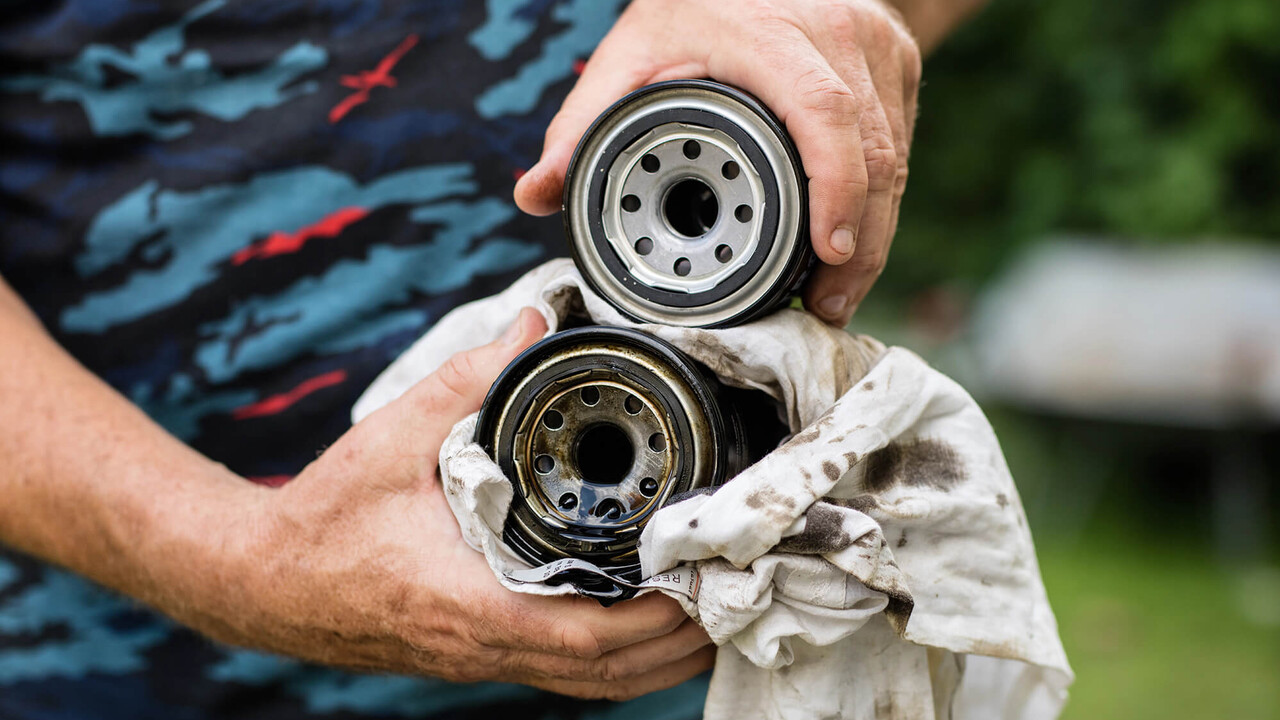
An oil change and careful inspection of all filters are essential to optimally protect the engine in winter and prevent damage in the long term.
Importance of the oil change
Regular oil changes reliably protect the engine from corrosion and other damage caused by old oil residues.
- Old oil residues contain acids and residues that can damage important parts of the engine.
- A fresh marine engine oil, for example Liqui Moly Marine, offers optimum protection against corrosion and guarantees the best performance.
Carrying out the oil change
Proceed as follows when changing the oil:
- Allow the engine to warm up for a few minutes first to make it easier to drain the old oil.
- Drain the old engine oil completely from the system and collect it in a suitable container to dispose of it properly.
- Also check all seals and screw connections for possible damage or leaks.
Replacing oil filters and other filters
- Always replace the oil filter at the same time as the oil change to ensure maximum filter performance.
- If necessary, check and replace other filters such as the fuel filter and air filter. Clean filters are crucial for efficient engine operation.
Choosing the right oil
- Only use high-quality marine engine oils, such as those from Liqui Moly, to ensure optimum lubrication and protection of the engine.
- Use your detailed comparison list to select the ideal engine oil for your specific on-board equipment and engines.
A regular and carefully performed oil change is crucial to protect your engine from damage in the long term and significantly increase its service life.
4. Drain and protect the cooling system
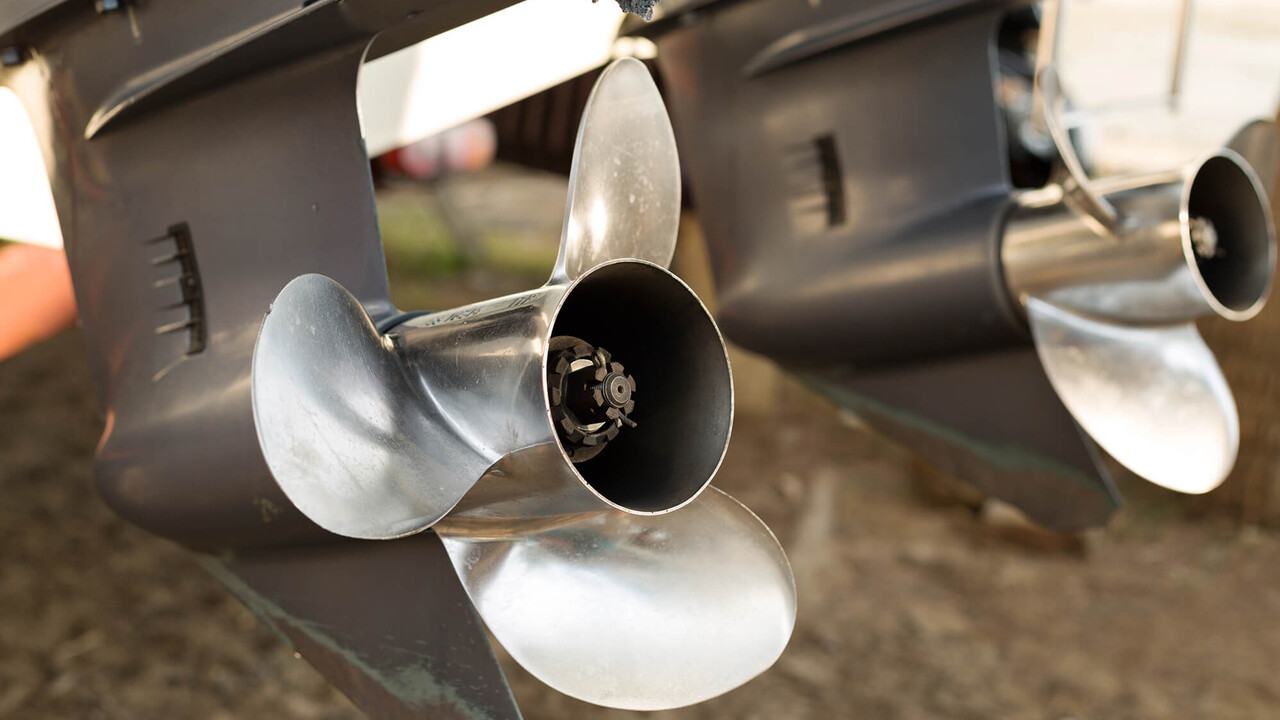
A winterised cooling system is essential to ensure that your boat and especially the engine survive the cold months unscathed. If the cooling system is not properly drained and protected, frost damage can occur, resulting in costly repairs. It is therefore important to carry out this part of maintenance with particular care.
Drain the cooling water carefully
Firstly, you should ensure that the cooling water is completely removed from the circuit. Remaining liquid can cause damage to pipes and other parts at temperatures below freezing. To do this, open the drain valves on the cooling system and allow the water to drain completely. Check whether the water is clear or whether traces of rust are visible. If you discover rust-coloured or cloudy liquid, this indicates corrosion and further measures are required.
Check and replace impeller
The impeller is an important component of the cooling system that moves the cooling water through the engine. Check the impeller for visible wear or cracks. Old and damaged impellers should be replaced to ensure efficient cooling. Before fitting a new impeller, remember to lubricate it and its surroundings with marine grease to prevent rust and corrosion.
Select and fill with antifreeze
Choosing the right antifreeze is crucial in order to optimally protect your engine. Use a Liqui comparison list or specifically a Liqui Moly comparison list to find the right antifreeze. The right mixture prevents any remaining fluids from freezing and causing damage. Fill the circuit with the new antifreeze fluid according to the manufacturer's instructions to reliably protect the engine from frost.
Checking the moving and mechanical parts
Take the opportunity to thoroughly check other mechanical components such as gearboxes, shafts and seals. Apply marine grease to moving parts to effectively prevent rust and corrosion. The gear shaft and propeller also deserve special attention here. High-quality marine grease ensures that no moisture penetrates and rust has no chance.
Check battery
The battery should also be winterised. Check the charge status of the battery and ensure that it is fully charged. Store the battery in a safe, dry place and ensure that the contacts are clean and free of rust. The battery should be checked occasionally to ensure that it is not damaged over the winter months.
Special instructions for different motor types
Whether petrol or diesel - special instructions must be observed for both types of engine:
- For petrol engines, e.g. from Mercury, make sure that the engine oil is especially suitable for marine engines to ensure optimum lubrication and protection.
- For diesel engines, you should also use a special engine oil for marine engines to ensure optimum protection.
Sailboat engines
If your boat is a sailing boat, make sure that all sails are removed and stored in a dry place. Moisture and cold can permanently damage sails. Winterising the cooling system and engine should be carried out with the same care for sailboats as for motorboats.
By carefully draining and protecting the cooling system, you can ensure that your engine survives the cold winter months well and is ready for immediate use next spring.
5. Battery Care
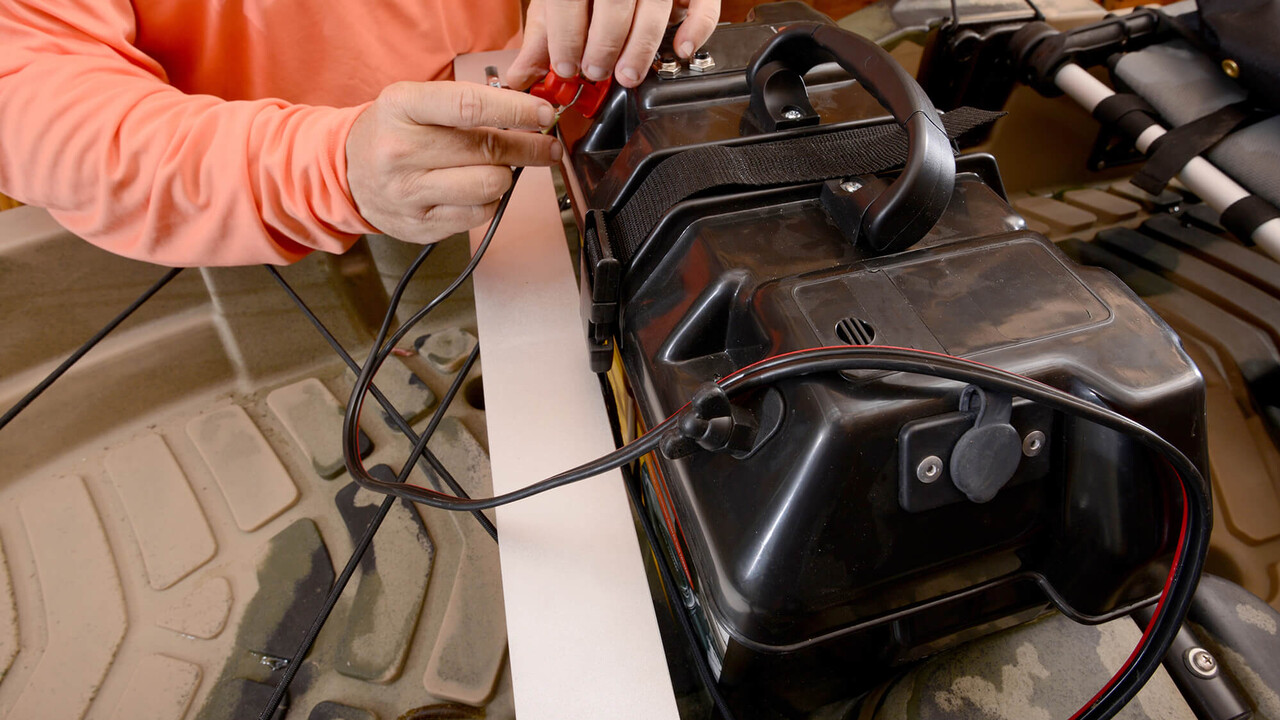
Battery care is an important part of winter preparation to ensure that your engine starts safely and smoothly after the winter break.
Check battery status
Before storage, it is important to check the condition of the battery thoroughly. A weak or faulty battery can make it considerably more difficult to start the engine in spring.
- Check the battery for visible damage such as cracks or corrosion.
- Check the charge status of the battery with a voltmeter. A fully charged battery ensures that it will survive the winter safely.
Remove battery and store safely
- Safely remove the battery from the engine and store it in a dry and frost-free place, ideally at room temperature.
- Ensure that the battery is protected from direct sunlight and extreme temperature fluctuations.
Ensure regular recharging
To maximise the service life of the battery and guarantee a safe start to the next season, you should check the battery regularly and recharge it if necessary.
- Use a suitable charger to keep the charge level constant.
- Check the voltage at least once a month and recharge the battery if it is too low.
Care of the battery terminals
To prevent corrosion and other damage, you should carefully clean the battery terminals and treat them with special battery terminal grease.
- Remove any deposits or traces of corrosion with a wire brush.
- Then apply the battery terminal grease to prevent new corrosion during storage.
Documentation in a comparison list
Use a Liqui Moly comparison list or a Liqui comparison list to select the right grease or special cleaning agent for battery care. Carefully document all the measures you have taken for battery care on your checklist.
Final check
At the end of battery maintenance, you should check the following points again:
- Battery stored safely in a suitable location.
- Battery fully charged and free from corrosion.
- All measures documented.
By carefully implementing these steps for battery care, you can ensure that your engine starts without any problems after the winter break and that you can start the next boating season without any complications.
6. Protection against corrosion
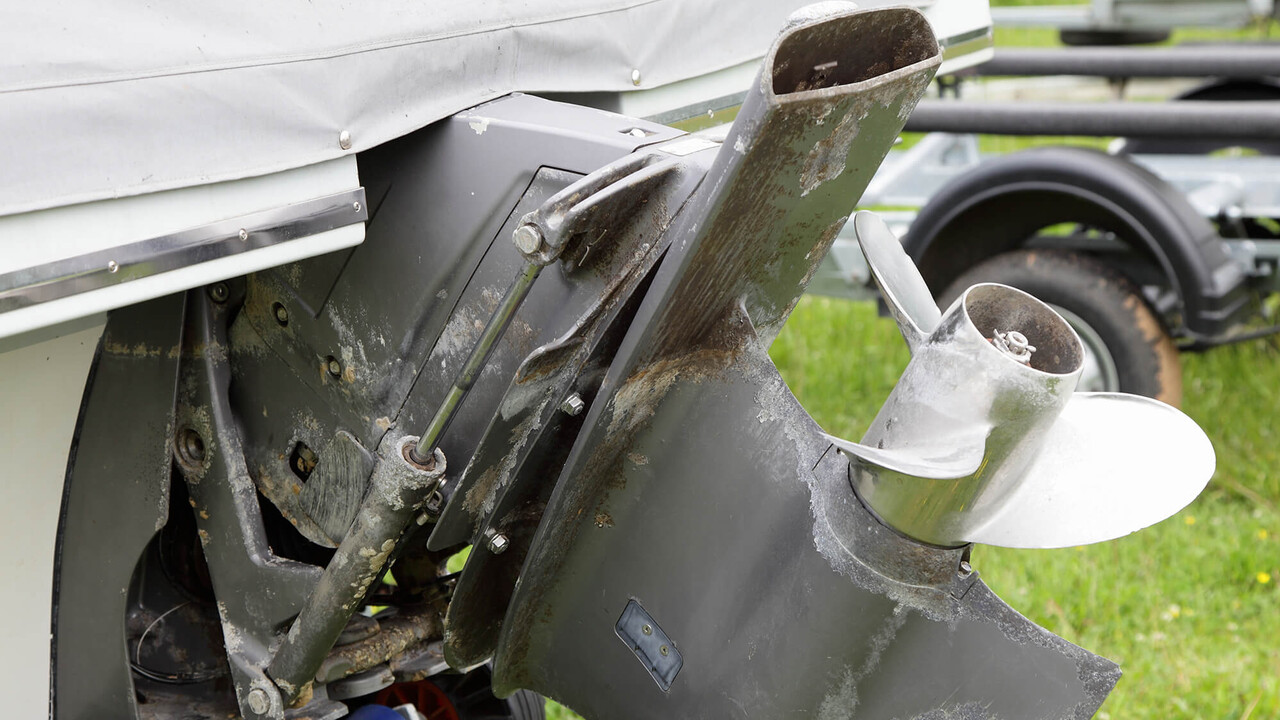
Comprehensive protection against corrosion is crucial for the service life of your boat and engine. Salt water, seawater and even fresh water can trigger aggressive corrosion processes during the season. It is therefore essential to check all parts thoroughly and take appropriate protective measures.
Clean all parts thoroughly
Before the onset of winter, all metal and mechanical components of your engine should be cleaned thoroughly. It is particularly important to remove salt water or seawater residues, as these quickly lead to rust and corrosion.
- Use fresh water to rinse thoroughly.
- Clean components such as belts, hoses, seals and anodes carefully.
Check and replace anodes
Anodes provide effective protection against galvanic corrosion, especially in salt water environments. Check the condition of the anodes carefully.
- Check for wear and corrosion.
- Replace old and heavily worn anodes with new ones.
Use of special corrosion protection agents
The use of high-quality protective agents, such as Liqui Moly Marine or Moly Marine products, significantly increases protection.
- Apply suitable corrosion protection sprays or greases to moving and permanently installed parts.
- Use special products for marine applications from your comparison list.
Checking the seals and hoses
Seals and hoses are critical components in the engine area that should be checked regularly.
- Check the seals for cracks or porosity and replace them if necessary.
- Ensure that all hoses are tight and in good condition.
Testing the mechanical components
Regularly checking mechanical parts prevents unexpected failures and extends the service life of your engine.
- Check belts for tension, cracks or wear and replace them in good time.
- Check the fastening of all mechanical components to ensure that they are tight and secure.
Protect gearbox
The gearbox should be particularly well protected, as it is subject to heavy use and rust can quickly form here.
- Check the gear oil and, if necessary, replace it with the recommended litre volume of high-quality oil from your comparison list.
- Lubricate moving gear components with marine grease to ensure long-term protection.
Preparation for the new season
Make sure that all protective measures are documented and that your boat is ready for its next use at sea after the winter.
- Create a checklist and review all protective measures before the start of the season.
- This way, you will be optimally prepared and can enjoy the coming season without any worries.
7. Storing the engine
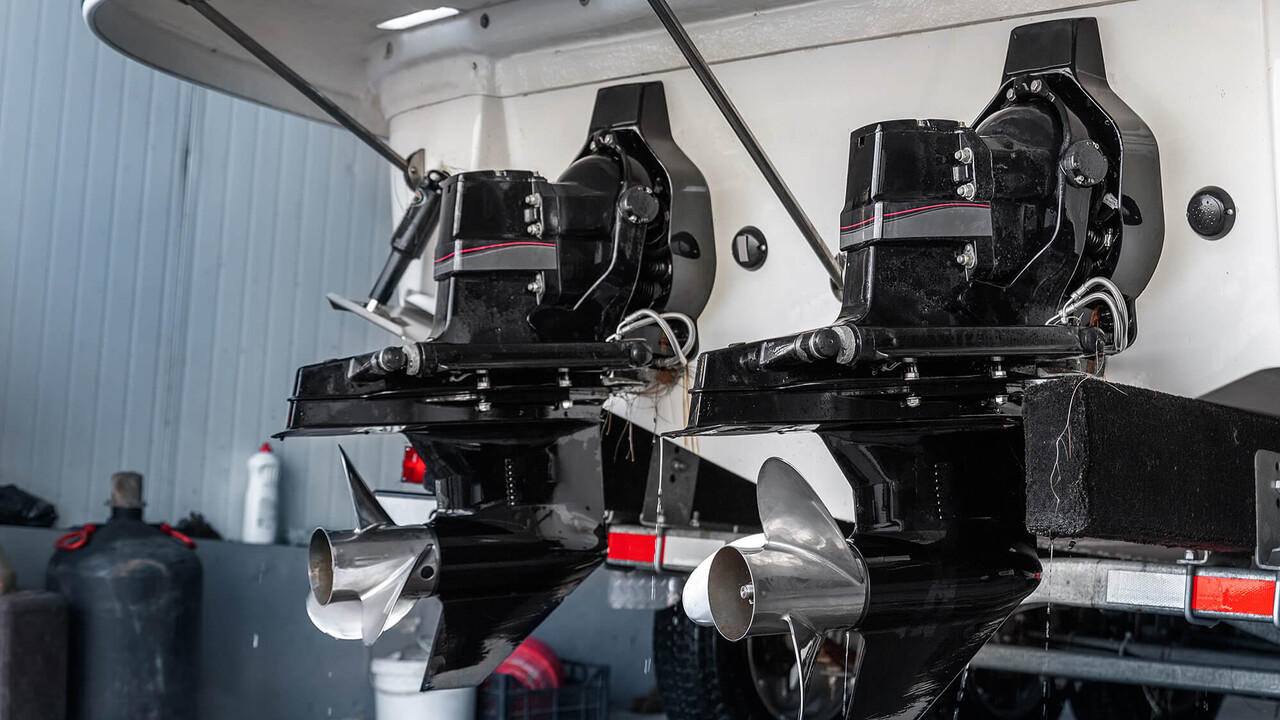
Correct storage of the engine is essential to prepare it optimally for the new season. Incorrect storage can lead to damage and significantly reduce the service life of the engine. I therefore make the following recommendations:
Preparation of the motor
First run the engine with a mixture of high-quality petrol or diesel and suitable engine oil. It is advisable to use high-quality fluids from the Liqui comparison list, especially for engines from well-known brands such as Mercury. This will ensure that all internal parts are sufficiently lubricated and protected.
Check and top up fluids
Check the fluid level of the engine oil, transmission oil and antifreeze. Make sure that each fluid is filled to the correct level, as this protects against corrosion and mechanical damage. Use the Liqui comparison list to choose the right fluids for your engine.
Prepare storage location
Choose a dry and temperature-stable storage location. The motor should not be placed directly on the floor; use a stable stand or special brackets for this purpose. Ensure that the storage area is well ventilated to prevent moisture from forming.
Protective measures during storage
All open connections and hoses on the motor should be carefully sealed to prevent the ingress of dirt or moisture. Check the seals of the closed parts for strength. This will keep the motor safe and protected for months.
Regular checks during storage
It is advisable to check the motor two to three times during the storage period. Check in the process:
- The condition of the seals and closures.
- The charge status of the battery (if connected).
- The dryness of the storage location and the motor itself.
Documentation and planning for the new season
Record all steps and checks carried out in a checklist. Also draw up a maintenance schedule for the next time you take the engine out of storage. That way, you'll be well prepared and can be sure that your boat will be ready for immediate use next season.
These steps will get your engine ready for storage and ensure that it is reliable and ready for use after the winter.


